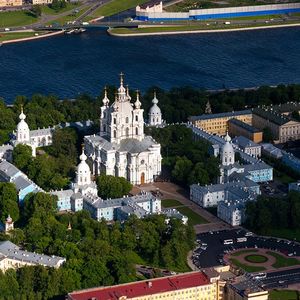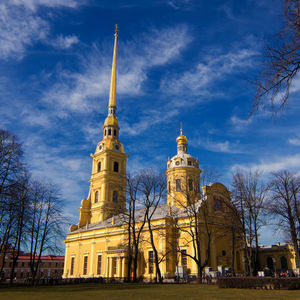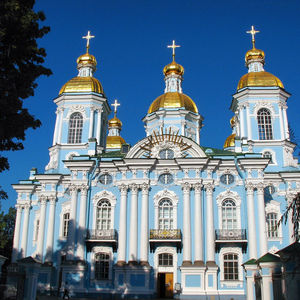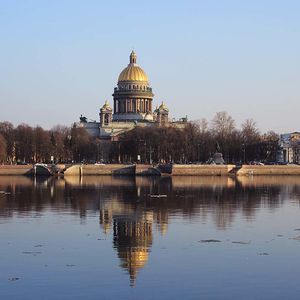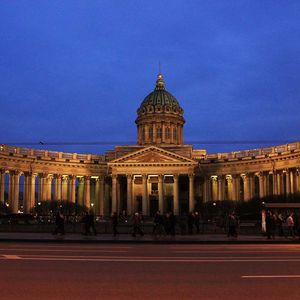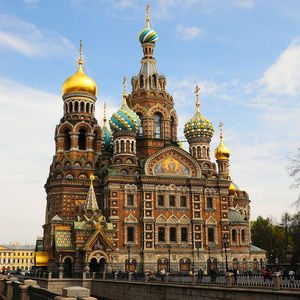Saint Petersburg cathedrals and churches
In many ways, along with its palaces, St. Petersburg’s cathedrals are the face of the city. At the same time, they reflect exactly what Peter the Great intended when he founded the city in 1703: a modern city ready to join Europe. The Kazan Cathedral on Nevsky Prospekt stood in contrast to St. Peter’s Basilica in Rome, with which Emperor Paul I of Russia was so infatuated. The cathedral’s appearance, with its singular dome and massive colonnade, has little to do with former Orthodox architectural tradition. The Peter and Paul Cathedral is similarly unique, constructed in the so-called Petrine Baroque style. All of St. Petersburg’s cathedrals play an important role in the city — they haven’t become lost among the construction of modern high-rises. On the contrary, one of the best panoramic views in the entire country is waiting for you at the top of St. Isaac’s Cathedral.
The most “Russian” cathedral in St. Petersburg is the Spas na Krovi, or the Church of the Savior on Spilled Blood, built on the spot where Tsar Alexander II was dealt a fatal blow by assassins in 1881. Many even confuse the cathedral with St. Basil’s in Moscow. Considering the structure and style of St. Petersburg’s other churches, Spas na Krovi is the most decorative and, indeed, the most Russian, due to its onion domes and arches, among other elements.
As in other cities, St. Petersburg cathedrals were not always safe during the Soviet period. Some were demolished and never restored while others were preserved or rebuilt for new purposes, like a warehouse in the Spas na Krovi, an atheist museum in the Kazan Cathedral, and even a swimming pool in a former Lutheran church.
Below are some of the cathedrals we regularly visit during our tours of St. Petersburg.
